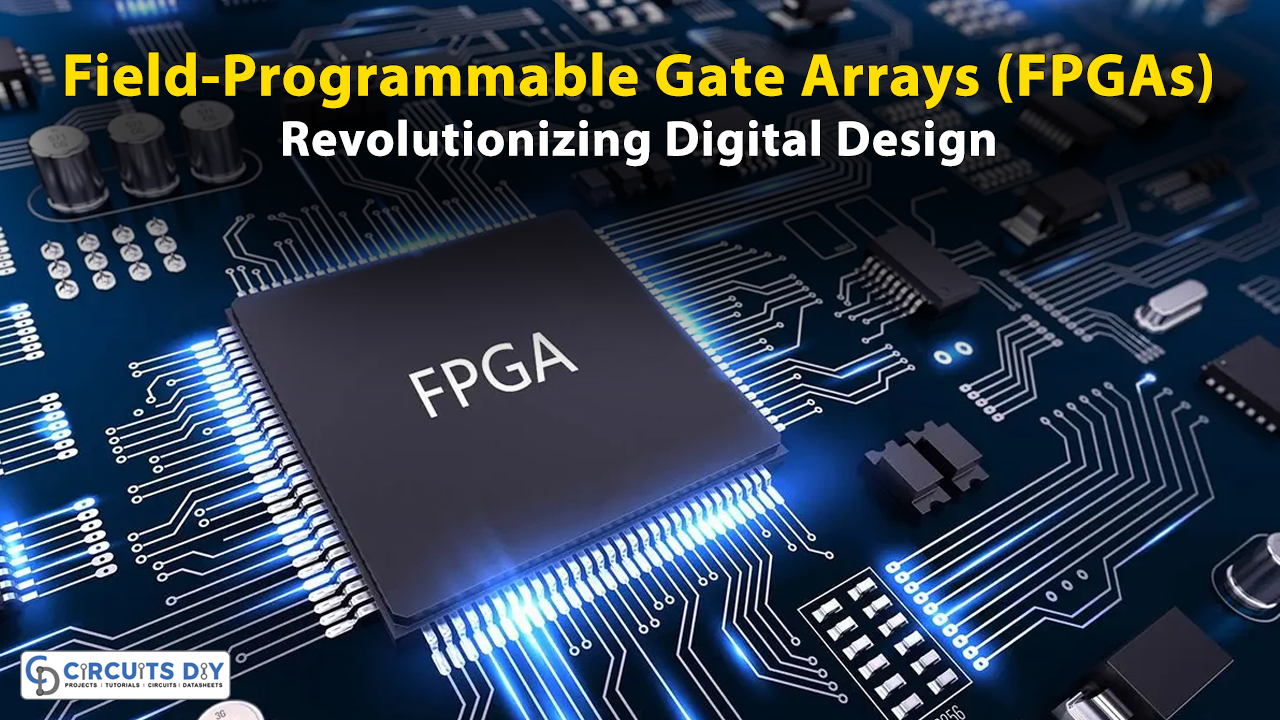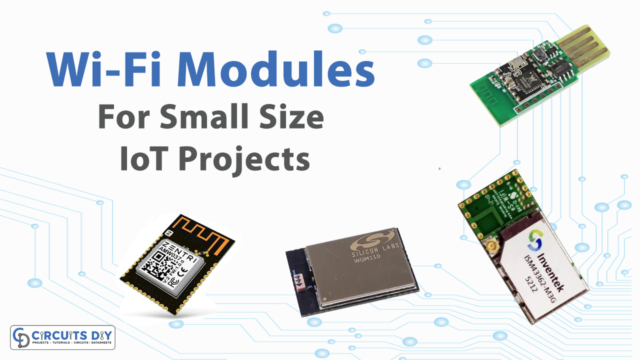Field-Programmable Gate Arrays, commonly known as FPGAs, have been a transformative force in the realm of digital design and engineering. These powerful integrated circuits offer a unique blend of flexibility, performance, and scalability, making them indispensable in a wide range of applications, from consumer electronics to industrial automation and beyond.
Understanding FPGAs
At their core, FPGAs are reconfigurable silicon chips that can be programmed and reprogrammed to perform specific functions. Unlike Application-Specific Integrated Circuits (ASICs) which are designed for a particular task, FPGAs provide a blank canvas that developers can customize to meet their specific requirements. This flexibility is achieved through a grid of configurable logic blocks (CLBs) interconnected by programmable routing channels.

Advantages of FPGAs
- Flexibility: One of the most significant advantages of FPGAs is their flexibility. Designers can implement a wide range of functionalities, from simple logic gates to complex digital systems, by configuring the CLBs and interconnects according to their needs. This versatility is especially valuable in rapidly evolving industries where requirements may change frequently.
- Performance: FPGAs offer high performance compared to traditional microcontrollers or programmable logic devices (PLDs). With parallel processing capabilities and dedicated hardware for specific tasks, FPGAs can execute complex algorithms and handle massive amounts of data with low latency.
- Time-to-Market: The reprogrammability of FPGAs significantly reduces development time and cost. Instead of designing a new ASIC for each iteration or prototype, developers can modify the FPGA’s programming to incorporate changes or new features quickly. This agility is crucial in competitive markets where speed-to-market can make a significant difference.
- Scalability: FPGAs are highly scalable, allowing designers to scale their designs from small, low-cost devices to large, high-performance systems. This scalability makes FPGAs suitable for a wide range of applications, from simple control systems to complex signal processing and artificial intelligence (AI) applications.
Applications of FPGAs

- Communications and Networking: FPGAs play a vital role in telecommunications infrastructure, enabling high-speed data processing, protocol handling, and encryption/decryption tasks in networking equipment such as routers, switches, and base stations.
- Embedded Systems: In embedded systems, FPGAs are used for real-time control, sensor interfacing, and signal processing. They are found in automotive electronics, industrial automation, medical devices, and aerospace applications.
- Digital Signal Processing (DSP): FPGAs excel in DSP applications, including audio and video processing, image recognition, radar systems, and wireless communication. Their parallel processing capabilities and dedicated DSP blocks make them ideal for computationally intensive tasks.
- Machine Learning and AI: With the rise of machine learning and AI, FPGAs are being increasingly utilized for accelerating neural network inference and training. FPGA-based accelerators offer high throughput and energy efficiency, making them attractive for edge computing and data center applications.
Future Trends and Developments
The FPGA industry continues to evolve with advancements in technology and design methodologies. Some notable trends and developments include:
- Integration with CPUs/GPUs: There is a growing trend towards integrating FPGAs with traditional processors like CPUs and GPUs to create heterogeneous computing platforms. This integration allows for optimized performance and energy efficiency in applications requiring both general-purpose computing and specialized acceleration.
- High-Level Synthesis (HLS): HLS tools enable developers to write code in high-level languages like C, C++, or Python and automatically synthesize it into FPGA-compatible designs. This abstraction level reduces design complexity and opens up FPGA development to software engineers without extensive hardware expertise.
- Security and Reliability: With the increasing emphasis on cybersecurity and system reliability, FPGA vendors are incorporating advanced security features such as hardware encryption, secure booting, and runtime monitoring. These measures enhance the trustworthiness of FPGA-based systems in critical applications.
- Edge Computing and IoT: FPGAs are well-suited for edge computing and Internet of Things (IoT) devices due to their low power consumption, real-time processing capabilities, and reconfigurability. As edge computing becomes more prevalent, FPGAs will play a crucial role in enabling intelligent and responsive edge devices.
Conclusion
Field-Programmable Gate Arrays (FPGAs) have revolutionized digital design by offering unparalleled flexibility, performance, and scalability. From telecommunications to embedded systems, DSP, and AI, FPGAs are powering innovation across various industries. With ongoing advancements and emerging trends, FPGAs are poised to remain a cornerstone of modern digital engineering for years to come.














